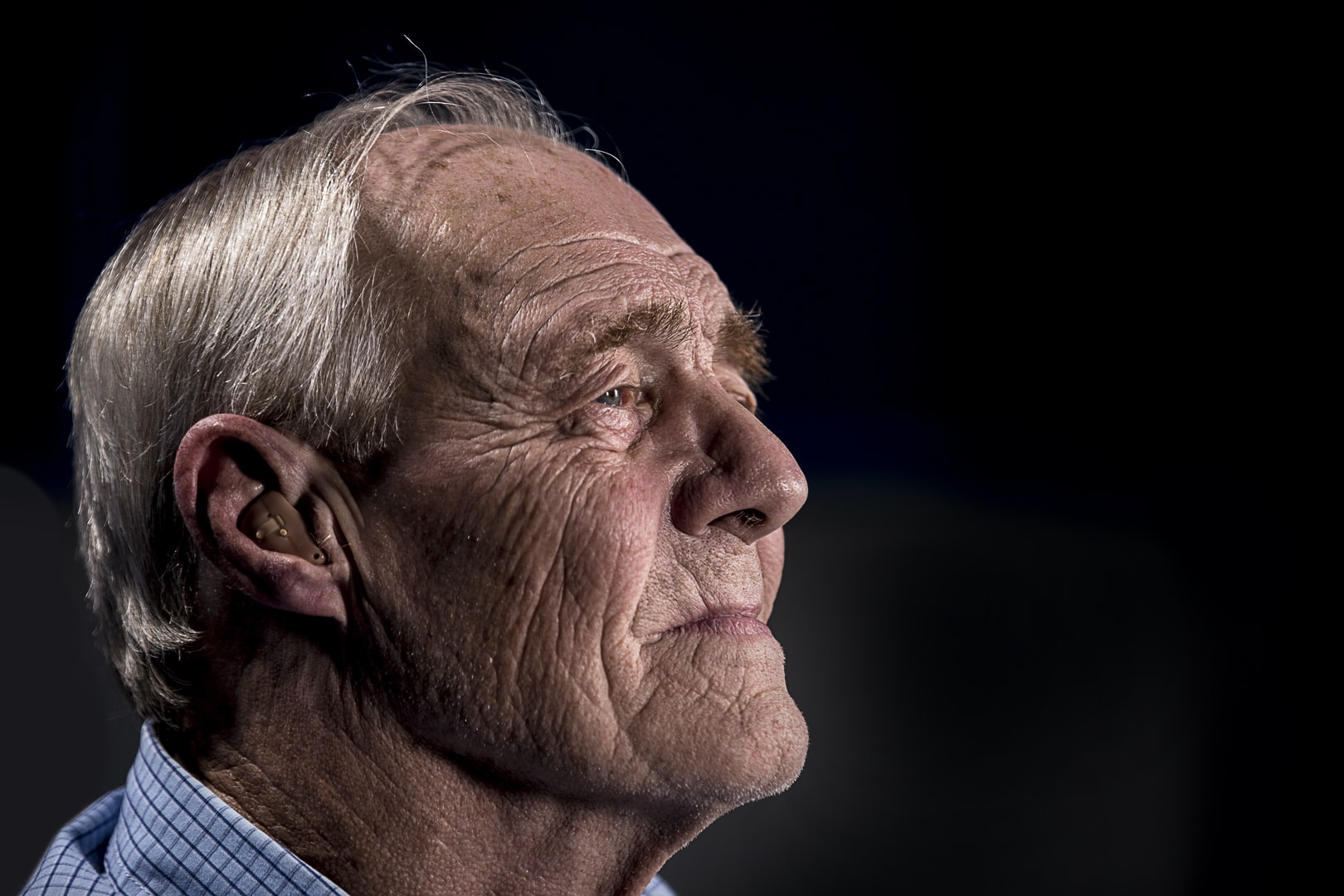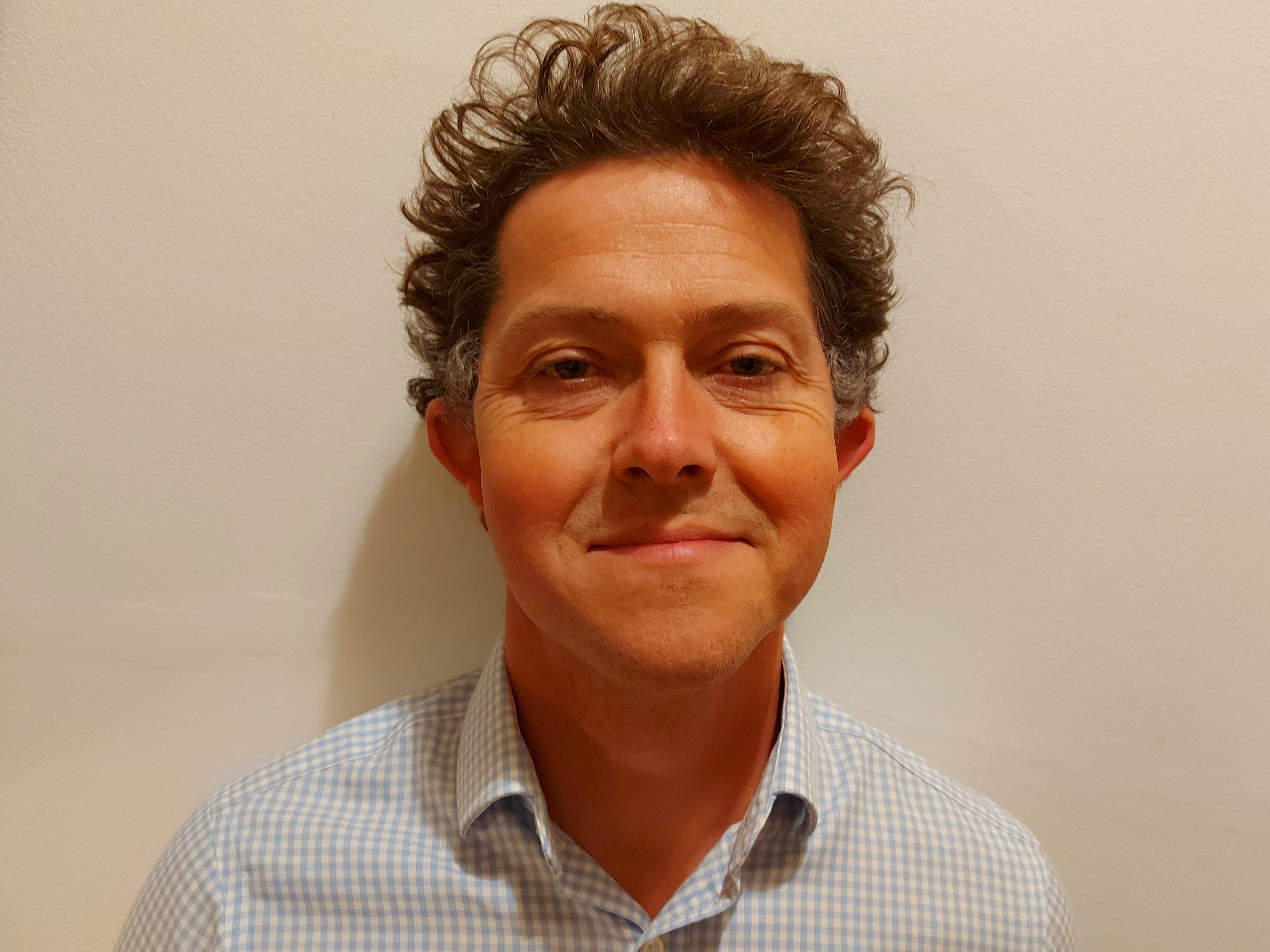Please note: The hospital will give you an official sick note when you are discharged if required.
Notes from Consultant Surgeon Mr James Kirkby-Bott's
Lipoma Surgery:
Post Operation Advice
Bruising
The time it takes to recover after lipoma surgery is directly related to the amount of bruising you have. Local anaesthetic repairs have a quick recovery. Bruising after lipoma surgery can affect the wider area around where the lump was. In the rare occurrence of a very large bruise, it is nearly always advised to leave it alone and wait for it to reabsorb over time.
Additionally, the space left by removing the lipoma can sometimes fill with fluid. This is known as a seroma. This can become tense. Again, the best advice is to leave it alone and allow it to reabsorb over time. Some people drain these with a needle, but they just recur. Repeatedly draining them increases the risk of infection in the space left and of the collected fluid becoming walled off so it doesn’t go down in size and further surgery is required. I try to close the potential space that seromas occur in, but no preventative technique is 100% effective. If it happens, be patient and wait for it to go down.
Many factors influence the extent of bruising and seroma formation, including:
Size and complexity of the lipoma
Being overweight or obese
Medical conditions that affect bone marrow and tissue healing
Regular medication to thin your blood
Age and general frailty
Mobility
The other factor involved in recovery is mobility. The older and less generally fit you are, the more important early mobilisation after surgery becomes.
As you can tell from the above list, it is complex; the things you can do to help maximise your recovery and outcome are:
Consider any options you are given by your surgeon on the treatment options available to you.
Follow the pre-operative advice.
Follow the post operation advice.
Wound Dressings
The following advice is designed to make your scar feel as close to invisible and normal, like before surgery, as your body will allow. It will all heal well, but following this advice will maximise the final outcome you have.
You will have 2 or 3 layers of dressing:
1. The bottom layer (layer 1) called butterfly sutures need to stay on for 10 days.
2. The middle layer (layer 2) is a flat waterproof dressing. You can shower with it on and then pat it dry. It may last 10 days but you might also need to change it once or twice. The fewer times it is changed the better as it reduces the risk of a minor wound infection.
3. The top layer (layer 3) is called a pressure dressing and is there to apply firm pressure to the wound to reduce bruising. We try and leave this in place for 48 hours. You can take it off at home yourself leaving the two dressing layers beneath in place. For smaller lipomas/skin lesions we do not use this layer.
Returning to Day-to-Day Activities
There are no limitations on return to activity if you follow this rule: If it hurts (more than just a bit uncomfortable), stop doing it and try again in a couple of days.
Bathing
You can shower or wash at a basin from day 1. To have a bath or swim the wound needs to be healed and dry. At 10 days, you can remove all the dressings. The wound should be dry and can be cleaned. There are no sutures to see – if you can feel an end, it will disappear in a few weeks.
Exercise
There are no time limits after this kind of surgery. Follow the above rule: If it hurts (more than just a bit uncomfortable), stop doing it and try again tomorrow.
Sport enthusiasts should return to exercise as comfort allows. It will be best to try aerobic exercise like running, and exercise classes first and for a smaller distance or duration than you usually managed. Build it up again as comfort allows. Swimmers need to wait till the wounds is clean and dry and the dressings removed.
Driving
For driving the DVLA states that you must be able to do an emergency stop. It is illegal to drive a car if you cannot do this. Some insurers have time limits in the small print of their contracts so it can be worth calling them to make sure you are covered to drive again.
For lipoma surgery, the larger the lipoma, the longer it will take to recover to the point it is safe to drive. Small lipomas removed from areas away from the groin and lower limp or neck/shoulder (used to look over the shoulder) can expect to drive the next day. Larger lipomas from areas cited above may require 7-10 days before they can drive.
Pain Relief
The best way to manage pain relief is to take the pain relief before the pain develops or becomes present enough to reduce your mobility or make you feel unwell. If you don’t actively try and control this, lipoma surgery can be painful. If you do actively manage this then recovery from lipoma surgery should be reasonably straightforward.
To maximise your post-surgery comfort and recovery, we advise that before the anaesthetic wears off you start taking the pain medication prescribed to you on your discharge before leaving hospital. Take it as you need to, but follow this advice for the best results:
Paracetamol
Take two paracetamol capsules regularly four times a day. In the prescribed dose it has no side effects and is safe in nearly everyone.
Ibuprofen
Take two Ibuprofen capsules, regularly to start with, three times a day with some food. Some patients can experience problems with this medicine as it can cause stomach irritation and affect kidney function. However, taking it for up to 72 hours with food (even for those previously told to avoid it) should be safe and it is a very effective painkiller, especially if taken with paracetamol.
Dihydrocodeine
This is a powerful painkiller with a long list of side effects. Only take it if needed. You can take it up to four times day with the paracetamol and ibuprofen as instructed above. It can cause constipation, headaches and affect concentration. Use a laxative if you need to use this drug and it is causing constipation. Only take this as required.
Follow Up
We will arrange follow up once the histology is back. This usually takes 2 weeks, but increasingly often larger lipomas are sent for special genetic testing called MDM2. This often takes a month or more to come back so we may not contact you for FU for that amount of time. We usually like to see you to discuss these results and assess the wound/scar. However, telephone consultations after local anaesthetic only repair in out-patients can be done via the telephone.
Ultimately, it is up to you as to how much you follow this post-surgery advice and information. Your recovery will be affected by how closely you follow this guide.
If after reading this a couple of times you still have questions, please email them to us prior to your surgery so we can answer them and make sure you are comfortable with and understand what you are agreeing to and why.

Patient Feedback
"Mr Kirkby-Bott was very professional and discussed my appointment in a very open manner that made me feel relaxed"
